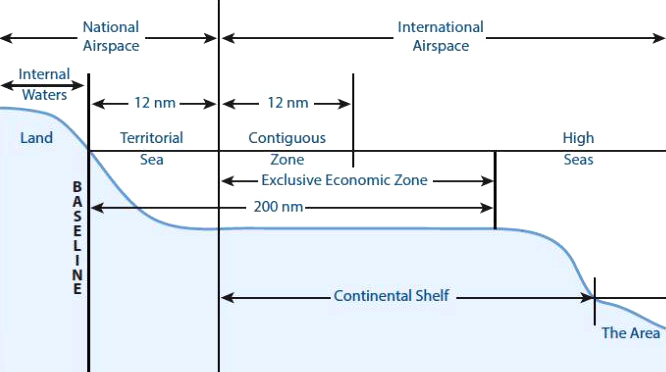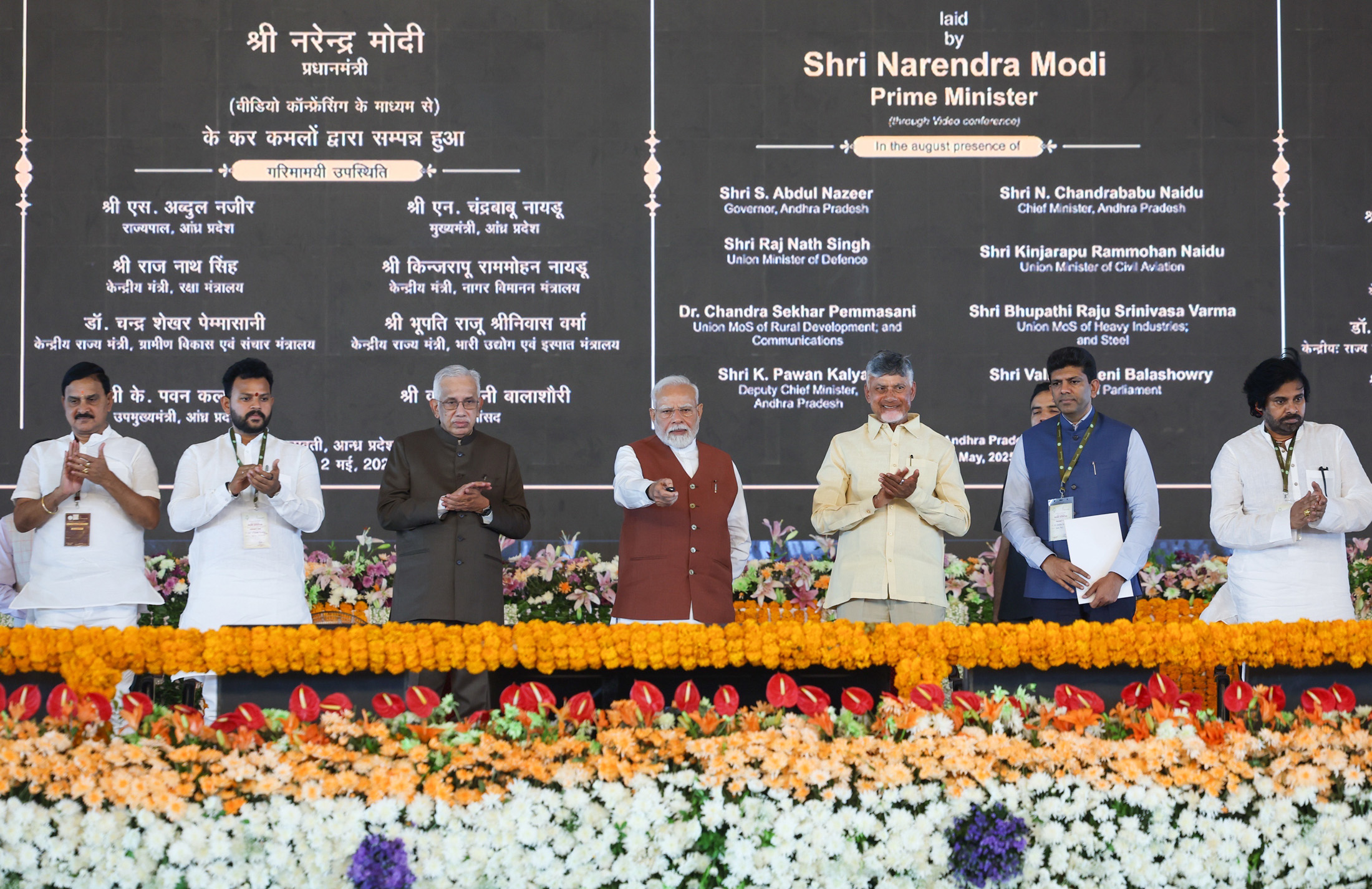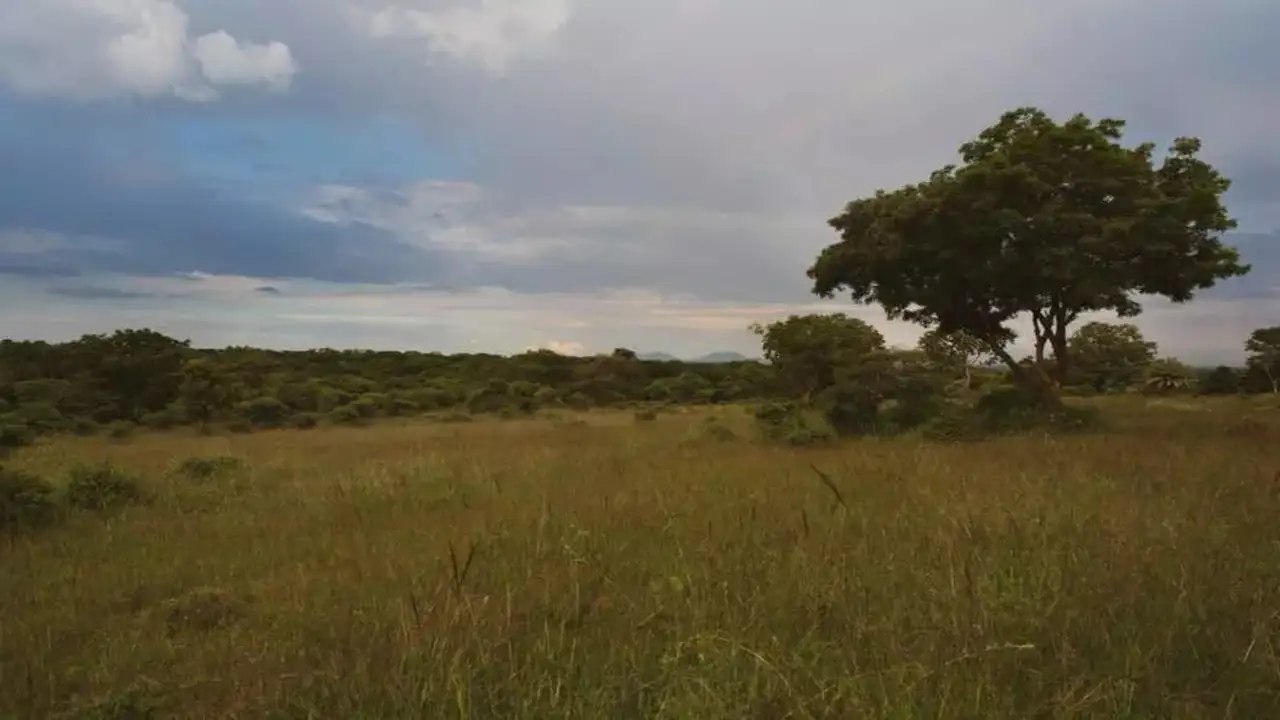- Courses
- GS Full Course 1 Year
- GS Full Course 2 Year
- GS Full Course 3 Year
- GS Full Course Till Selection
- Online Program
- GS Recorded Course
- NCERT (Recorded 500+ Hours)
- Polity Recorded Course
- Geography Recorded Course
- Economy Recorded Course
- AMAC Recorded Course
- Modern India, Post Independence & World History
- Environment Recoded Course
- Governance Recoded Course
- Science & Tech. Recoded Course
- International Relations and Internal Security Recorded Course
- Disaster Management Module Course
- Ethics Recoded Course
- Essay Recoded Course
- Current Affairs Recoded Course
- CSAT
- 5 LAYERED ARJUNA Mentorship
- Public Administration Optional
- ABOUT US
- OUR TOPPERS
- TEST SERIES
- FREE STUDY MATERIAL
- VIDEOS
- CONTACT US
PM Modi at 19th East Asia Summit
PM Modi at 19th East Asia Summit
- In Oct 2024, PM Modi attended the 19th East Asia Summit in Vientiane, Lao PDR. He highlighted ASEAN’s central role in the Indo-Pacific regional framework, India's Indo-Pacific Vision, and Quad cooperation.
- He stressed restoring peace and stability in Eurasia and West Asia, noting that the Global South suffers most from ongoing conflicts and emphasized that solutions must come from dialogue, not battlefields.
Key highlights
- Indo-Pacific and South China Sea: He indirectly referenced China, emphasizing development over expansionism.
- A free, open, and rules-based Indo-Pacific is essential for regional peace and prosperity.
- He called for maritime activities to comply with United Nations Convention on the Law of the Sea (UNCLOS), stressing freedom of navigation and developing a Code of Conduct in the South China Sea.
- Global Conflicts and Humanitarian Approach: Addressing global conflicts, including the Israel-Hamas war and Russia-Ukraine wars, he highlighted the need for peace and respect for sovereignty and international law.
- He reaffirmed India’s role as a ‘Vishwabandhu’, advocating for diplomacy and humanitarian efforts.
- Terrorism and Cooperation: He warned of terrorism as a global threat, urging global cooperation to combat it, especially in cyber, maritime, and space domains.
- Humanitarian Assistance and ASEAN Unity: He expressed condolences (expression of sympathy) for those affected by Typhoon Yagi and noted India’s humanitarian aid through Operation Sadbhav.
- India supports ASEAN unity, endorsing their Five-Point Consensus on Myanmar and promoting engagement over isolation.
- Act East Policy: Modi reiterated the success of India’s Act East Policy, contributing to a rules-based, inclusive Indo-Pacific.
What is East Asia Summit?
- The East Asia Summit (EAS) is a key forum for leaders in the Indo-Pacific region to address political, security, and economic challenges.
- Established in 2005 by ASEAN and holds annual meetings.
- First summit took place in Kuala Lumpur, Malaysia.
Members
- Initially, 16 countries from East Asia, Southeast Asia, South Asia, and Oceania participated.
- In 2011, membership expanded to 18 countries, including Russia and the US.
- East Asia Summit now includes 18 countries, representing 53% of the world’s population and 60% of global GDP.
- Members include: Ten ASEAN nations (Brunei, Cambodia, Indonesia, Laos, Malaysia, Myanmar, the Philippines, Singapore, Thailand, Vietnam), Australia, China, Japan, India, New Zealand, Republic of Korea, Russia, and the United States.
- It is the only leaders-led forum that brings together the US, China, Russia, India, Republic of Korea, and Australia.
- Membership Requirements To join the EAS, countries must:
- Sign the ASEAN Treaty of Amity and Cooperation (TAC)
- Be an ASEAN formal dialogue partner
- Maintain substantive cooperative relations with ASEAN
Priority Areas of Regional Cooperation
- Environment and Energy, Education, Finance, Global Health Issues and Pandemic Diseases, Natural Disaster Management, ASEAN Connectivity
India and EAS
- India has been a member since 2005.
- At the 4th EAS in Thailand (2009), leaders supported the revival of Nalanda University, an idea proposed by former President Dr. APJ Abdul Kalam in 2006.
IMPORTANT FACTS FOR PRELIMSWhat is ASEAN?
What is United Nations Convention on the Law of the Sea (UNCLOS)?
Typhoon Yagi and Its Impact on Southeast Asia
|
Previous Year & Practice Question
Q. Consider the following countries: (UPSC Prelims 2018)
1. Australia 2. Canada
3. China 4. India
5. Japan 6. USA
Which of the above are among the ‘free-trade partners’ of ASEAN?
(a) 1, 2, 4 and 5 (b) 3, 4, 5 and 6
(c) 1, 3, 4 and 5 (d) 2, 3, 4 and 6
Answer: (c) 1, 3, 4 and 5
Q. Consider the following statements with reference to the East Asia Summit (EAS):
1. It consists of 10 ASEAN member states and 10 observer countries.
2. China is one of the members of the Summit.
3. It is must to sign the ASEAN Treaty of Amity and Cooperation (TAC) for joining the EAS.
Which of the above statements are correct?
(a) 1 and 2 only (b) 2 and 3 only
(c) 1 and 3 only (d) All of the Above
Answer: (b) 2 and 3 only




